How to Build and Maintain Your Personal Brand
[As originally featured on backstage.com]
In the worlds of publicity, marketing, advertising and elsewhere, you often hear the term “repeat the message.” This is an important concept that has been utilized since the beginning of the fields themselves. Any household name, whether we’re talking iPhones, McDonald’s or Coca-Cola, has employed this, and in no small measure. Their message is repeated over and over again to the public. But how can this be interpreted and used to your advantage in the world of acting? In my experience, it’s through “continuity of branding.”
But before you can repeat a message, you first need to have one. This is where “branding” comes in. What’s branding? It’s essentially creating a unique name, image or identity for a product or person in the consumer’s mind in order to establish a particular type of something that is significant and differentiated. This can be done literally, as in the case of logos and products; or it can be done more loosely, as in the case of people.
Let’s take an example. If you think of Robert De Niro, you immediately get a clear concept: tough guy, wise guy, New York thug-type. You even have physical mannerisms come to mind—significant and unique ones. Impressionists love him because he’s so identifiable. They don’t even need to say anything; they can just squint their eyes, start making “the face,” and you immediately know who they’re doing.
Robert De Niro’s brand is unforgettable. Partially due to this uniqueness, and partially due to the continuity employed. His “message” has been repeated over and over. His brand literally went unchanged for decades. From movies like “Godfather II” and “Taxi Driver” in the ’70s, through “Heat” and “Casino” in the ’90s, you’re hard pressed to find him stray very far from that type. And once his brand was firmly established, you then saw him shift into comedies and other genres (but even in a movie like “Meet the Parents,” he was still a threatening character). Whether this was planned or not, just realize the result: type firmly established, on-screen personality repeated, household name. Even someone like Gary Oldman has a brand with a repeated message, which is his wide diversity and ability to play practically anyone—someone who is “unrecognizable."
Here are a couple of other examples:
Apple: sophisticated, elegant, simple aesthetic, cutting edge, state of the art, expensive. And notice the campaigns are always about lifestyle versus the product itself.
Beyoncé: You know her uniform, body type, music. There’s a definite look and feel to her. And there’s consistency in it, always.
Now, when it comes to roles, you may want to stretch your legs, which is understandable. But you can still stay on brand and have continuity in your message; there are ways to remain consistent in the minds of the public and industry.
A good example, and where I see this violated all too often, is with online presence: websites, social media, IMDb profiles. There should be a clear message and it should be repeated. Yet many times I find myself researching someone and having difficulty discovering who they are or what they’re about. A website with a domain that has nothing to do with the person’s name, with irrelevant imagery and a bio that fails to even state what they do. Several social media accounts scattered about, all with varying and often cryptic handles. And to top if off, featured images (avatars) completely different from each other and sometimes unrecognizable. This sort of inconsistency may be fine for a well-established name or for a member of the general public, but if you’re getting started in the industry and trying to “build a name for yourself,” it’s a deterrent. Branding and continuity are two of the first things we typically work on with new clients.
When I was younger, I used to wonder why iconic brands like McDonald’s and Coca-Cola needed to advertise. I mean, why spend so much when everybody already knows all about them? But that’s the point. And that’s how they reached and maintained their iconic level: a clear message that defines and expresses the brand; message maintained and never wavered from; message repeated again and again (and in their case, on a global scale). Regardless of whether you like or agree with these giants, you can learn from them. And you can’t deny their success.
In a nutshell: Discover who you are. Find a way to capture and express your message to others. Be consistent with that identity and message. Repeat it.
Rick Krusky is an executive and publicist at MWPR, a Los Angeles-based PR and publicity firm.

